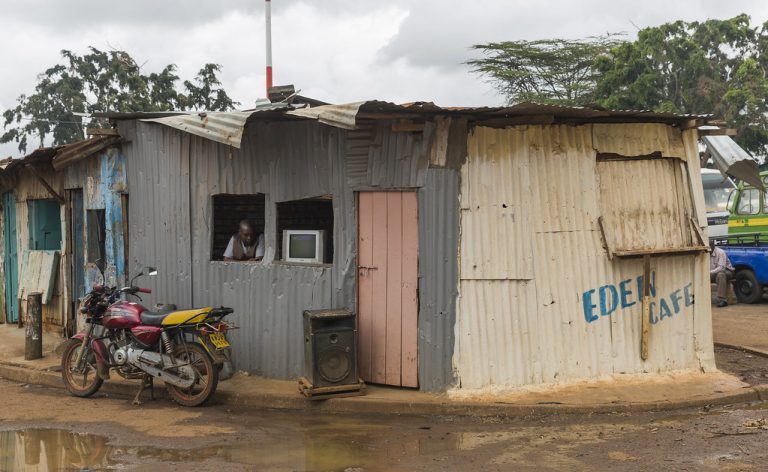“Y1A1189 Nairobi” by Ninara via Flickr is licensed under CC BY 2.0
Urban populations are particularly vulnerable to extreme weather events related to climate change, especially heatwaves and floods. This vulnerability is caused by a combination of factors including existing inequalities, high population, and high exposure to certain types of environmental hazards.
As cities emerge from smaller settlements and nearby adjacent cities, little design goes into ensuring that they are established in appropriate locations, that new infrastructure is adequately resilient to current and future extreme weather events, and that governance systems and growth take into account the specific needs of marginalised groups. Instead, urban development often appears chaotic and unplanned, locking citizens, particularly those who are most marginalised, into high states of vulnerability.
If we could influence how burgeoning settlements turn into cities and megacities at the start of their growth trajectory, even marginally, the positive repercussions for resilience and wellbeing would be colossal. But just how and where do new cities emerge, and what are the opportunities for influencing their design while they expand to be resilient to extreme weather in a changing climate?
U-RES examines the current state of urbanisation in Africa and how this aligns with the projected increasing risks from climate change. This is done through remote sensing and GIS analysis techniques to assess changes in land cover. In addition, model simulations used by the IPCC to project climate change are analysed for two risk-related climatic indices, one around heat waves and one around heavy rainfall (a driver of flood risk).
U-RES will conduct case studies of urban governance around Durban South Africa, and in Isiolo Kenya. These case studies will provide an on-the-ground understanding of how information is gathered and used by decision-makers, and provide insights into how this can be modified to better take into account the needs of marginalised groups.
This project is a collaboration with Ethekwini Municipality (South Africa), the Asian Institute of Technology (Thailand), the University of Nairobi (Kenya), Oxfam GB, and BuroHappold Engineering Consultancy.
Contact – Corinne Le Quéré, Mark Tebboth






